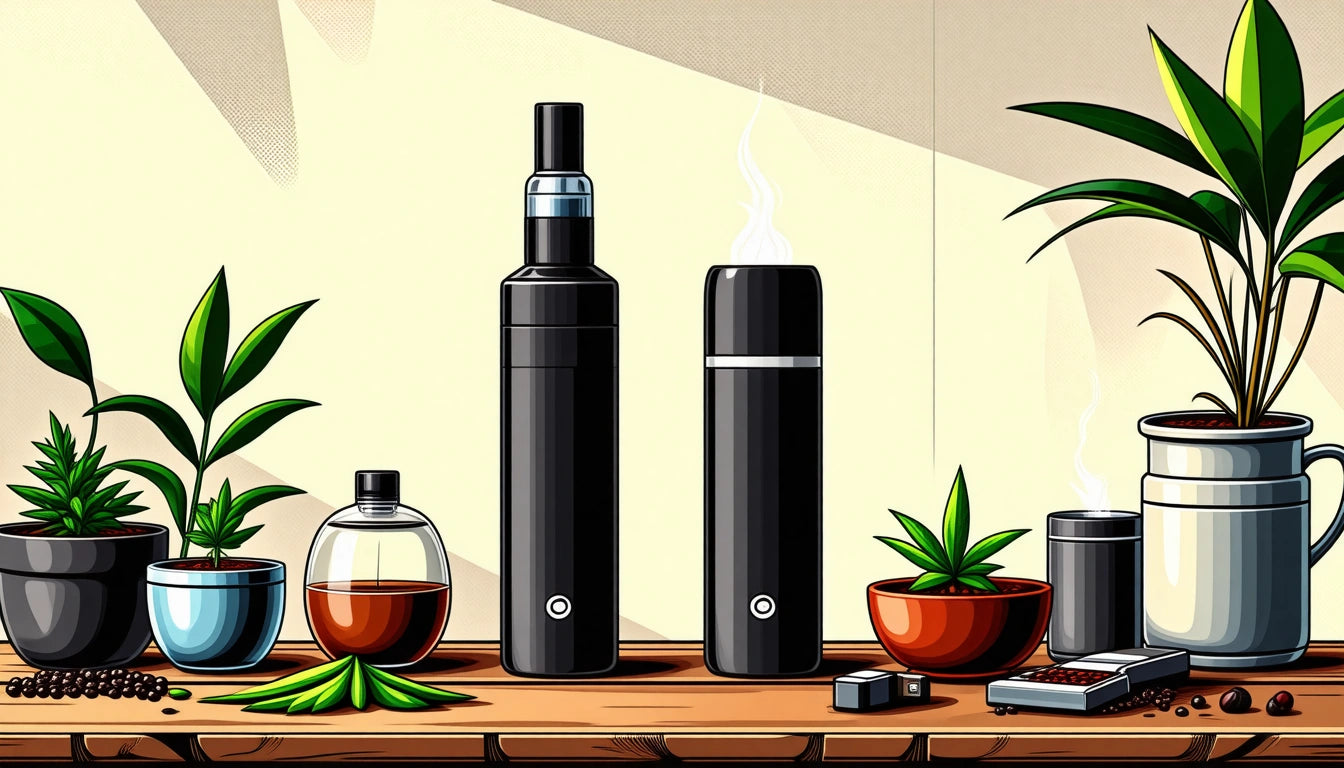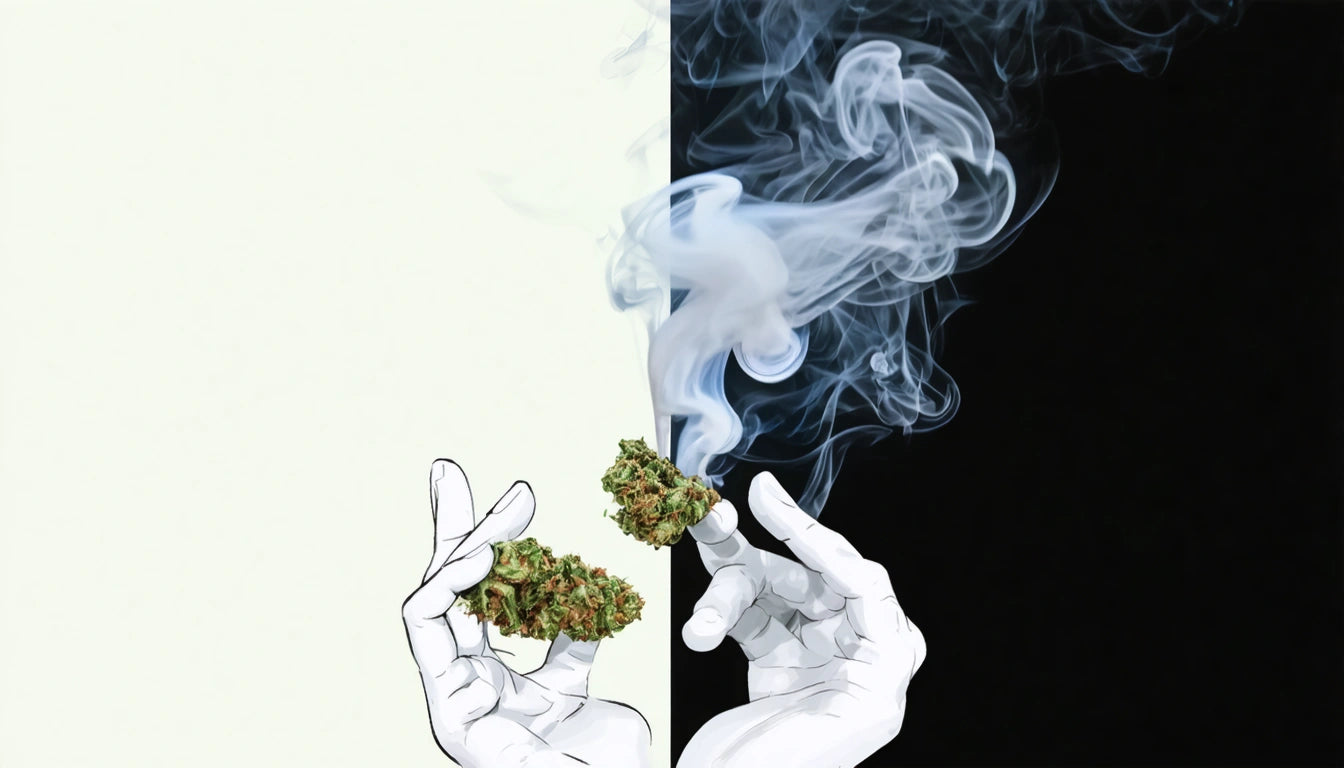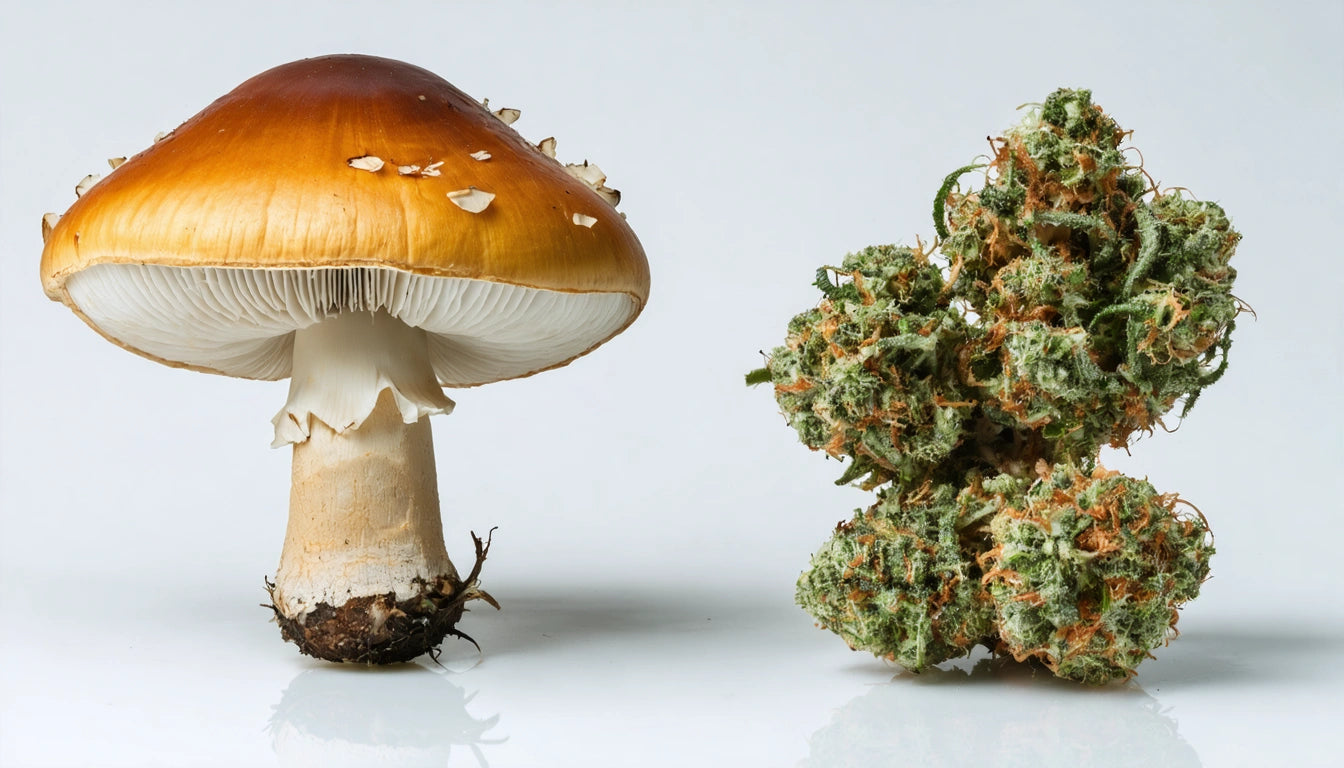Table of Contents
Understanding Dry Herb Vaporizers: Usage, Functionality, and Differences from Vape Pens
Dry herb vaporizers have revolutionized how people consume cannabis and other botanical materials. These devices offer a smoke-free alternative that many users find more enjoyable and potentially less harmful than traditional combustion methods. This comprehensive guide explores what a dry herb vaporizer is, how it functions, proper usage techniques, and how it differs from conventional vape pens.
What is a Dry Herb Vaporizer?
A dry herb vaporizer is a device designed to heat cannabis flower or other dried herbs to a temperature that releases active compounds in vapor form without combustion. Unlike smoking, which burns material and creates smoke, vaporization creates an inhalable vapor that contains the desired compounds with fewer harmful byproducts.
These devices come in various forms, from portable handheld units to larger desktop models. Most feature a heating chamber (often called an oven), temperature controls, a battery or power source, and a mouthpiece for inhalation.
Dry Herb Vaporizer vs. Vape Pen: Key Differences
While both fall under the broader category of vaporizers, dry herb vaporizers and vape pens differ significantly in design and functionality:
- Material compatibility: Dry herb vaporizers are specifically designed for ground flower and plant material, while vape pens typically use liquid concentrates, oils, or cartridges.
- Heating mechanism: Dry herb vaporizers use either conduction or convection heating to vaporize plant material directly, whereas vape pens heat oils or concentrates.
- Temperature control: Most quality dry herb vaporizers offer precise temperature adjustment, while basic vape pens may have limited or preset temperature settings.
- Chamber design: Dry herb vaporizers feature larger chambers designed to hold and evenly heat plant material, compared to the smaller cartridge systems in vape pens.
According to our comprehensive guide on dry herb vapes, these differences significantly impact the user experience, flavor profile, and effects.
How Do Dry Herb Vaporizers Work?
Dry herb vaporizers operate on a simple principle: heating cannabis or herbs to the point where cannabinoids and terpenes vaporize without combusting the plant material. This typically occurs between 320-430 °F (160-220 °C), below the combustion point of approximately 450 °F (232 °C).
Vaporizers employ two primary heating methods:
Conduction Heating
Conduction vaporizers heat material through direct contact with a heated surface. The ground herb touches a heated plate or chamber wall, causing it to release vapor. These vaporizers tend to be more affordable but may heat less evenly.
Convection Heating
Convection vaporizers pass heated air through the material without direct contact with the heating element. This method provides more even heating and often produces purer vapor with less risk of combustion.
How to Use a Dry Herb Vaporizer
Using a dry herb vaporizer properly ensures the best experience and maximizes the lifespan of your device:
- Grind your herb: Use a quality grinder to break down your cannabis to a medium-fine consistency. This increases surface area and enables even heating.
- Pack the chamber: Fill the heating chamber loosely without overpacking. Most vaporizers work best when air can flow through the material.
- Select temperature: Set your desired temperature based on the effects and compounds you're targeting.
- Preheat the device: Allow your vaporizer to reach the set temperature before inhaling.
- Draw technique: Take slow, steady draws rather than quick, forceful pulls. This allows proper vapor formation and cooling.
Proper storage of your herbs is also crucial for optimal vaporization. Many users store their ground material in containers with specialized jar caps that maintain freshness while meeting safety requirements.
Finding the Optimal Temperature
Temperature significantly impacts your vaporizing experience, affecting both flavor and effects:
- Lower temperatures (320-350 °F/160-175 °C): Produce lighter vapor with more pronounced flavor and terpene profiles. Effects tend to be more cerebral and less intense.
- Medium temperatures (350-390 °F/175-200 °C): Balanced vapor production with good flavor and stronger effects.
- Higher temperatures (390-430 °F/200-220 °C): Denser vapor with more intense effects but potentially harsher flavor.
For detailed guidance on temperature settings, our comprehensive temperature guide provides specific recommendations for targeting different compounds.
How to Tell When Dry Herb is Done
Knowing when your herb is fully vaporized helps prevent waste and ensures optimal efficiency:
- Color change: Vaporized herb gradually changes from green to brown. When it reaches a medium to dark brown color (not black), it's typically spent.
- Vapor production: Diminished vapor output indicates most active compounds have been extracted.
- Taste changes: The flavor will become less pronounced and may develop a slightly roasted or popcorn-like taste when nearly done.
- Texture: Properly vaporized herb becomes dry and crumbly rather than sticky.
Maintenance and Cleaning Tips
Regular maintenance extends your vaporizer's lifespan and ensures optimal performance:
- Empty the chamber after each session while still warm.
- Use a small brush to remove loose debris from the chamber and screens.
- Periodically deep clean components with isopropyl alcohol and cotton swabs.
- Replace screens and other consumable parts as needed.
For detailed cleaning instructions, refer to our guide on effectively cleaning vaporizers.
Maximizing Your Dry Herb Vaporizer Experience
To get the most from your dry herb vaporizer investment, consider these additional tips:
- Herb quality matters: Properly cured cannabis with optimal moisture content vaporizes more effectively. Learn about proper curing techniques to improve your experience.
- Start low, go slow: Begin with lower temperatures and gradually increase to find your preferred balance of flavor and effects.
- Consider accessories: Water pipe adapters, improved mouthpieces, and carrying cases can enhance functionality and convenience.
- Save vaporized material: Already Vaped Bud (AVB) still contains some active compounds and can be repurposed for edibles or tinctures.
Understanding what a dry herb vaporizer is and how to use it properly opens up a world of possibilities for cannabis consumers seeking alternatives to combustion. With proper technique, maintenance, and quality materials, these devices offer a cleaner, more flavorful, and potentially healthier way to enjoy the benefits of cannabis and other botanical herbs.











Leave a comment
All comments are moderated before being published.
This site is protected by hCaptcha and the hCaptcha Privacy Policy and Terms of Service apply.